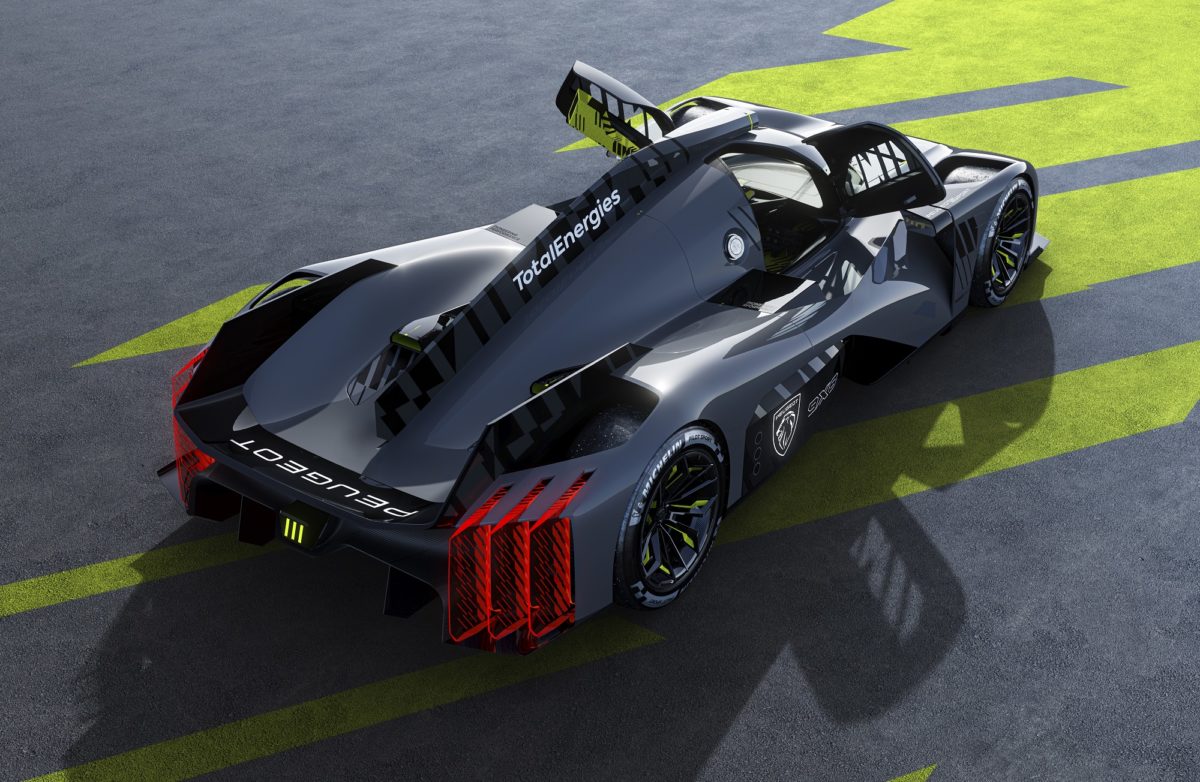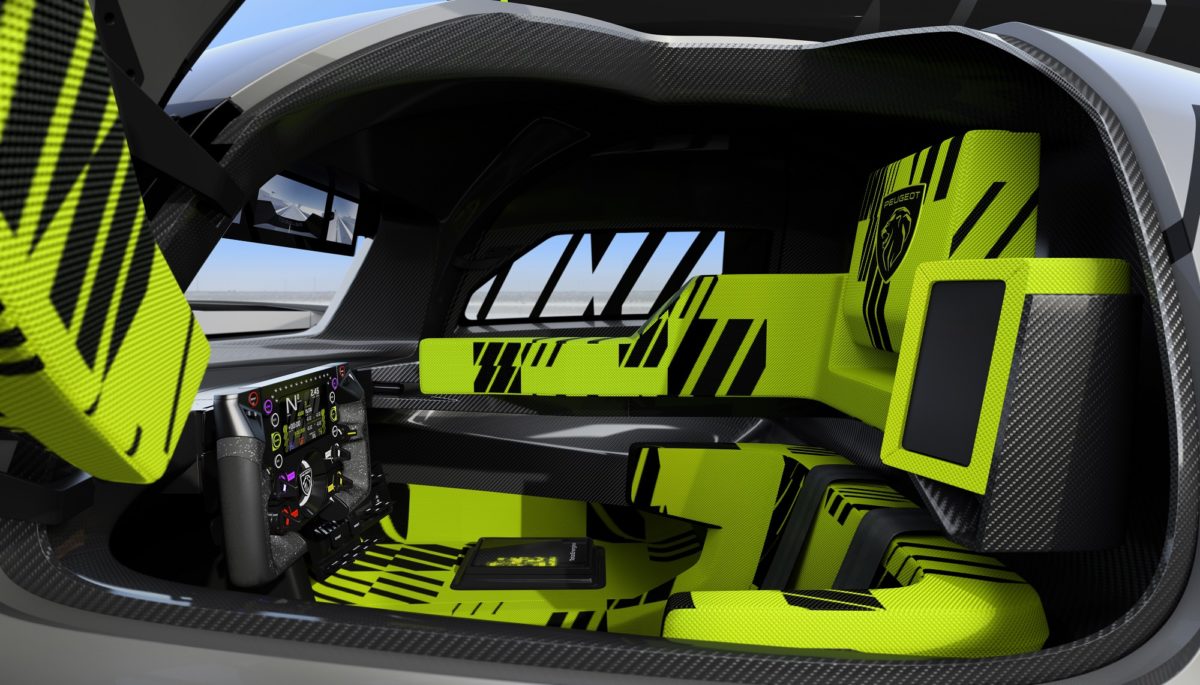

Peugeot has released the first images of its 2022 FIA World Endurance Championship Le Mans Hypercar featuring the distinct lack of a conventional rear wing.
Making a return to endurance racing in 2022, the French manufacturer’s 9X8 hybrid-powered prototype will enter the WEC’s new Le Mans Hypercar (LMH) class.
An innovative approach on aerodynamics has seen Peugeot do away with a rear wing on its Hypercar, stemming from greater flexibility allowed by the LMH technical regulations compared to previous formulae, such as LMP1.
It enabled the company to permit radical thinking in its sleek car design, with the words ‘we don’t need a rear wing’ etched above the large diffuser where a rear wing would usually be.
Peugeot’s WEC technical director Olivier Jansonnie worked closely with Peugeot’s design team to establish the car’s aerodynamic profile.
“Designing the 9X8 has been a passionate experience because we had the freedom to invent, innovate and explore off-the-wall ways to optimise the car’s performance, and more especially its aerodynamics,” said Jansonnie.
“The regulations stipulate that only one adjustable aerodynamic device is permitted, without specifying the rear wing.
“Our calculation work and simulations revealed that high performance was effectively possible without one.”
The Peugeot 9X8 is powered by a 500 kilowatt twin-turbo 2.6-litre V6 internal combustion engine, with a 200 kilowatt electric motor set to complement the package.
A pair of Peugeot 9X8s will compete in WEC in 2022, with six full-season drivers confirmed.
The line-up is made up of Kevin Magnussen, Loic Duval, Gustavo Menezes, Mikkel Jensen, Jean-Eric Vergne and Paul di Resta.























Discussion about this post